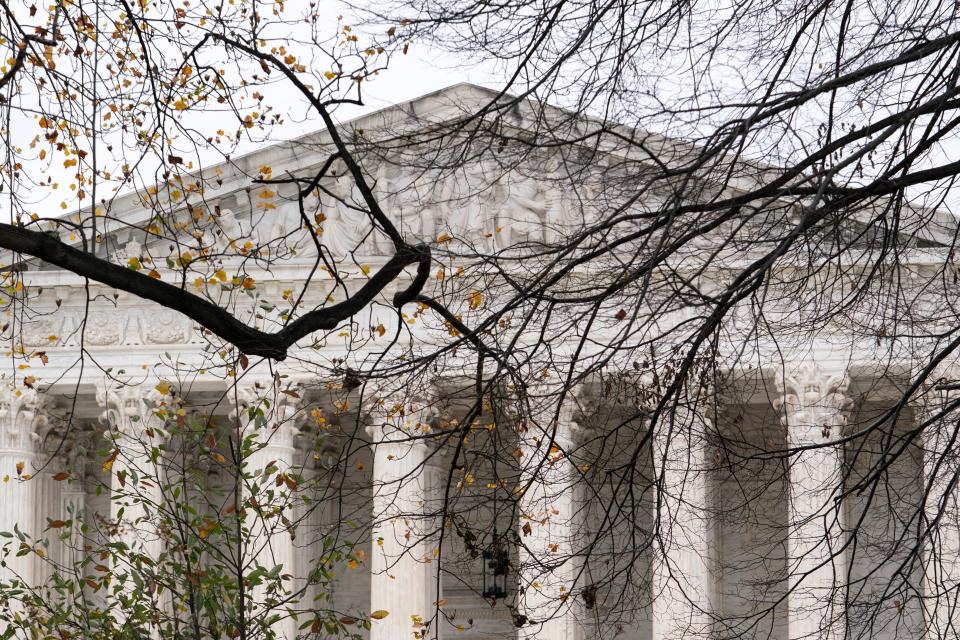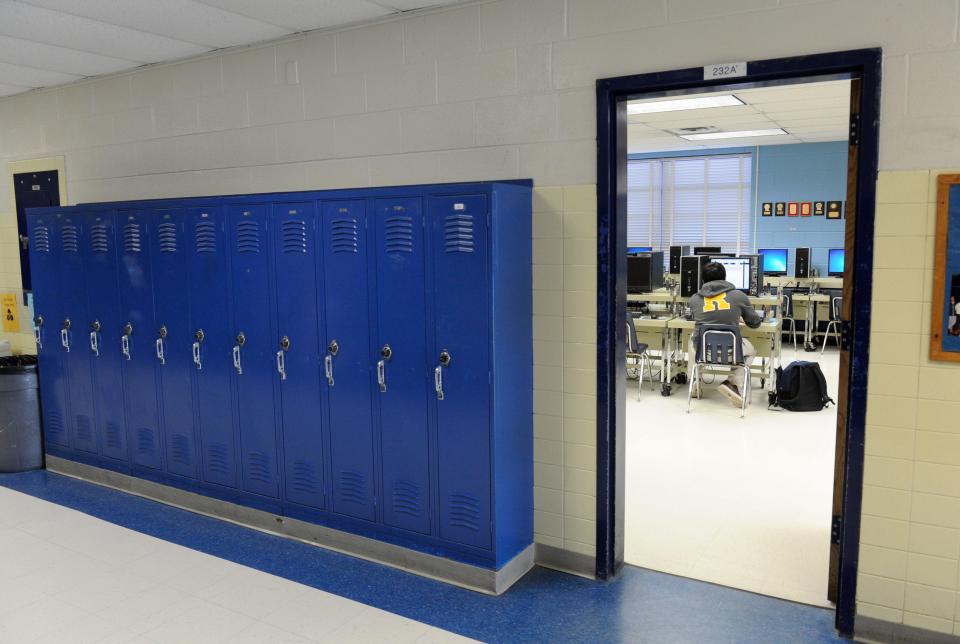Supreme Court sidesteps fight over controversial diversity policy at one of the nation's top high schools
WASHINGTON – The Supreme Court on Tuesday declined to review a controversial admissions policy meant to increase diversity at one of the nation's most prestigious high schools, turning away a challenge from a group of Virginia parents claiming it violated the Constitution.
Justices Samuel Alito and Clarence Thomas disagreed, writing they would have overturned a lower court's decision upholding that policy.
"What the Fourth Circuit majority held, in essence, is that intentional racial discrimination is constitutional so long as it is not too severe," Alito wrote in a dissent that Thomas joined. "This reasoning is indefensible, and it cries out for correction."
The decision came months after the Supreme Court ended the use of affirmative action at Harvard and the University of North Carolina. Other universities, schools and businesses have been scrambling to react to that ruling, reviewing diversity policies to ensure they can withstand the court's scrutiny.
‘We have long believed that the new admissions process is both constitutional and in the best interest of all of our students," Karl Frisch, chair of the Fairfax County School Board in Virginia, said in a statement after the decision. "It guarantees that all qualified students from all neighborhoods in Fairfax County have a fair shot at attending this exceptional high school."
Against the backdrop of the murder of George Floyd in 2020, the Fairfax County School Board changed its admissions policy at Thomas Jefferson High School for Science & Technology, which is often ranked as one of the best high schools in the nation but where Black and Hispanic students made up a small portion of the student body.
Affirmative action: The next legal battle over race and education has already begun
The new policy required the school to accept 1.5% of the eighth-grade class at each of the district’s middle schools. The plaintiffs in the case asserted that had the effect of increasing the number of Black students but "had a substantial adverse impact on Asian American students…in order to achieve its desired racial balance."
A group of parents sued in 2021, alleging the policy violated the 14th Amendment's requirement that people in similar circumstances be treated the same under the law.
The school board countered that the policy was race-neutral because it set no racial targets and the race of applicants is not known to admissions officials. In other words, the policy is based on geography and not race. But because some of the district's middle schools are made up predominately of minority students, guaranteeing a portion of their graduating class admission to Thomas Jefferson increased that school's diversity.

U.S. District Judge Claude Hilton ruled in February that impermissible "racial balancing" was at the core of the new admissions policy and that the policy violated the 14th Amendment. But a three-judge panel of the U.S. Court of Appeals for the 4th Circuit in Richmond reversed that decision.
The appeals court said it was "satisfied that the board’s adoption of the challenged admissions policy fully comports with the Fourteenth Amendment’s demand of equal protection under the law." That policy, the court ruled, "visits no racially disparate impact on Asian American students."
Alito said the court reached that conclusion because Asian Americans are still overrepresented.
"That is a clearly mistaken understanding of what it means for a law or policy to have a disparate effect on the members of a particular racial or ethnic group," he wrote.
Richard Kahlenberg, who has long pushed for a class-conscious approach to admissions and was an expert witness for the successful challenges to the policies at Harvard and the University of North Carolina, called the decision a “victory for poor and working-class students of all races.”
The court, in blocking the universities’ affirmative action policies but allowing the high school’s admissions process to stand, is coming out for racial diversity, and against using racial preferences to get there, he said.
But Sonja Starr, a law professor at the University of Chicago, predicts the high court hasn’t finished having its say.
The justices likely declined to examine the Virginia high school’s admissions policy in part because it’s waiting to see how schools respond to their previous decision and what the lower courts do.
“There will be future litigation, and plenty of other opportunities in the comings years for the Supreme Court to dive in,” she said. “I will be surprised if it stays out of these questions forever.”
By declining to grant the appeal, the Supreme Court leaves that 4th Circuit ruling in place.
The Supreme Court had reviewed the Thomas Jefferson case once before at an earlier stage. The plaintiffs asked the justices to temporarily block the school's policy while the case continued in lower courts. Without explaining its decision, the court declined that request last year. Three conservative justices −Thomas, Alito and Neil Gorsuch −said they would have blocked the policy.
The school's current freshman class, which was admitted under the new policy, saw a significantly different racial makeup than in the past. Black students increased from 1% of the student body to 7%, according to court records. Hispanic representation increased from 3% to 11%. Asian American representation decreased from 73% to 54%.

This article originally appeared on USA TODAY: Supreme Court lets stand a diversity policy at top U.S. high school


